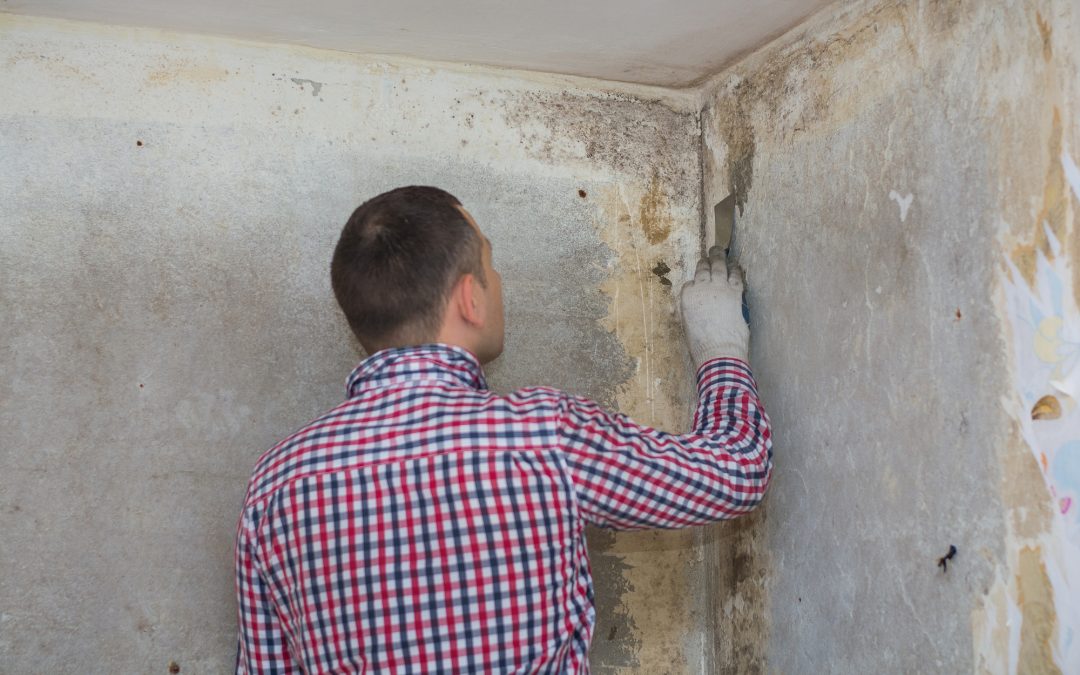Effective Blog Post Mold Remediation Solutions for Your Home
Mold development in homes can be a relentless problem, commonly calling for an organized technique for efficient post-remediation services. From understanding the aspects that contribute to mold and mildew growth to executing proper cleaning techniques and moisture control steps, the procedure can be complex yet essential for preserving a healthy and balanced living setting. Post Remediation Inspection near me.
Recognizing Mold Development Aspects
The main aspect adding to mold and mildew development is wetness. Mold spores need dampness to flourish and germinate, making damp or moist settings very susceptible to mold infestations.

In addition, airflow and light direct exposure can influence mold and mildew growth. Areas that lack correct air flow and natural light are much more susceptible to mold and mildew growth. By resolving these variables comprehensively, individuals can successfully minimize mold growth and protect their living atmospheres.
Correct Mold And Mildew Cleansing Strategies
Making use of effective cleansing methods is vital in stopping the recurrence and resolving of mold contamination in interior settings. The initial step in correct mold cleansing is to contain the affected location to prevent the spread of spores to unpolluted locations.

Executing Moisture Control Steps
To effectively avoid mold and mildew growth and contamination in indoor atmospheres, implementing wetness control actions is extremely important. Wetness is the main variable that fuels mold and mildew growth, making it critical to handle humidity levels within the home. One efficient measure is to utilize dehumidifiers to keep interior humidity degrees listed below 60%. Furthermore, ensuring correct ventilation in locations prone to moisture buildup, such as kitchens and washrooms, can help in reducing the threat of mold and mildew development. Regularly inspecting and repairing any kind of leakages in pipes, roofs, or windows is additionally vital in stopping excess dampness buildup. Making use of exhaust followers while food preparation or bathing, and permitting air blood circulation by maintaining furnishings somewhat away from walls can assist in moisture control. Making use of moisture-resistant products in high-humidity areas, such as mold-resistant drywall and paints, can be advantageous. By carefully applying these dampness control procedures, house owners can efficiently decrease the likelihood of mold and mildew recontamination and preserve a healthy interior atmosphere.
Making Use Of Natural Removal Solutions
After effectively applying dampness control actions to stop mold and mildew development in interior settings, house owners can now discover the effectiveness of natural remediation options in maintaining a healthy and balanced living space. Natural remediation solutions utilize ecologically friendly techniques to battle mold and mildew and mildew, making them a prominent option for those seeking non-toxic options. By integrating these all-natural removal options into their cleaning routines, house owners can effectively deal with mold and mildew development while promoting a much healthier interior setting for themselves and their households.

Preserving a Mold-Free Atmosphere
Regularly evaluating areas susceptible to mold development, such as washrooms, attics, kitchens, and basements, is important. Correct ventilation in areas with high moisture degrees is also key to stopping mold and mildew development.
Furthermore, maintaining tidiness in the home is vital for mold and mildew prevention. Maintaining interior plants in check and making sure proper drain in outside landscaping can minimize wetness build-up, decreasing the probability of mold infestations.
Conclusion
In verdict, it is important web to address mold development view it variables, utilize correct cleaning techniques, execute dampness control procedures, utilize all-natural remediation services, and keep a mold-free setting in order to efficiently deal with message mold and mildew removal in your home - what to do after mold remediation. By complying with these methods, you can protect against mold and mildew from persisting and ensure a healthy and balanced living atmosphere for you and your family
The primary variable adding to mold and mildew development is wetness. Mold and mildew spores require dampness to prosper and germinate, making damp or humid settings extremely prone to mold and mildew problems.To properly avoid mold growth and contamination in interior environments, executing moisture control actions is vital. Furthermore, guaranteeing proper air flow in areas vulnerable to moisture accumulation, such as shower rooms and kitchens, can help minimize the risk of mold and mildew growth.After effectively executing dampness control procedures to avoid mold see this and mildew growth in interior environments, property owners can now explore the effectiveness of natural removal solutions in keeping a healthy living area.